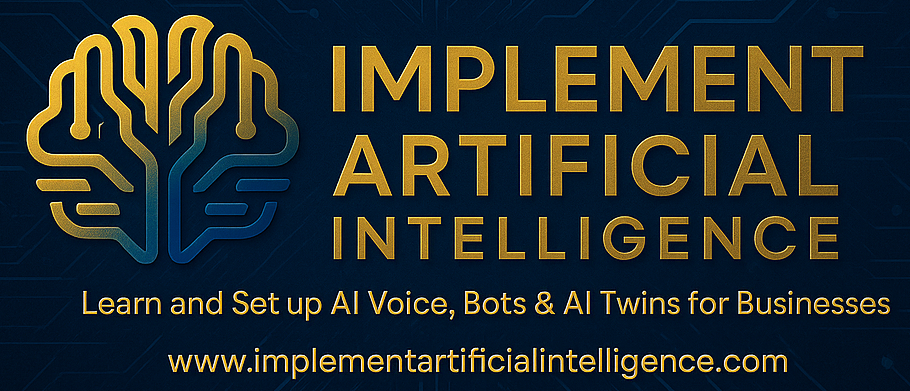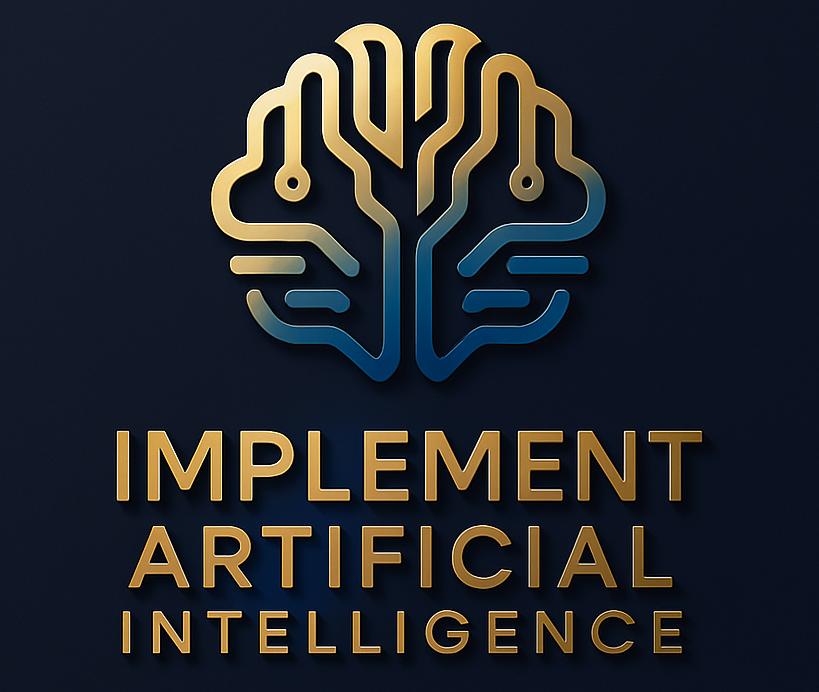In today’s digital landscape, AI has become a crucial tool for businesses looking to innovate and enhance their operations. Implementing artificial intelligence not only streamlines processes but also provides valuable insights that can drive growth. This article will delve into the various components necessary for successfully incorporating AI into custom applications, specifically focusing on tables, users, and entitlements. You’ll learn how to effectively manage access controls and user roles to ensure a smooth implementation of AI services.

Understanding the architecture of your application is essential. The first step is to define the AI workflows and how they interact with your data tables. Custom applications often require a structured approach to handle user access and permissions effectively. By utilizing the right types of tables and understanding user roles, businesses can optimize their applications for better performance and compliance.
The Foundations of AI Implementation
AI systems rely on a robust architecture that incorporates various components, including tables that manage data and workflows. At its core, understanding how to structure these elements will determine the success of your AI-driven solutions. Here are the main components:
Custom Tables in AI Applications
Custom tables play a pivotal role in your application’s structure. They serve as the backbone, storing data that AI bots and workflows will utilize. Understanding the difference between task extended tables and non-task extended tables is critical:
– Task Extended Tables: These are essential for managing business processes that require action, such as incident management or customer service requests. They allow for tracking and handling workflows effectively.
– Non-Task Extended Tables: These tables typically contain reference data that supports your business processes but do not require direct action. For instance, they can store configuration data like user roles or security access levels.

User Roles and Permissions in AI Workflows
When you implement AI, it’s essential to configure user roles and permissions correctly. This ensures that the right users have access to the necessary data and functions in your application. Here’s a breakdown of typical user roles:
– Requesters: These users initiate processes but typically do not require a license. They have limited access, primarily focused on their requests.
– Business Stakeholders: These users can view and comment on tasks and are essential for oversight. They benefit from a cost-effective licensing model, enabling broader engagement without the need for full task assignment.
– Fulfillers: These are licensed users who manage tasks and workflows. They have full access to the data and can perform all necessary actions within the application.
Understanding these roles allows businesses to tailor their AI applications to meet specific needs and ensure compliance with licensing structures.
Best Practices for Implementing AI in Custom Applications
To successfully implement artificial intelligence in your applications, consider the following best practices:
1. Define Clear User Roles: Establish distinct roles for users within your application to manage access effectively. This clarity will help you align your licensing with actual usage.
2. Utilize Existing Frameworks: Leverage out-of-the-box tables and workflows offered by your platform to streamline AI implementation. This can significantly reduce development time and complexity.
3. Monitor and Optimize: Regularly review user access and application performance. Use analytics to understand how users interact with your AI workflows, and make adjustments as necessary.
By following these practices, businesses can enhance the efficiency and effectiveness of their AI initiatives.
Conclusion: The Future of AI in Custom Applications
As businesses increasingly turn to AI to improve their operations, understanding how to navigate the complexities of custom applications will be vital. By effectively managing tables, user roles, and entitlements, organizations can harness the full potential of artificial intelligence. Whether you are looking to hire an AI expert or explore AI agency services, the foundation laid here will prepare you for successful AI implementation. For more insights on integrating AI into your business, visit Implement Artificial Intelligence today!





